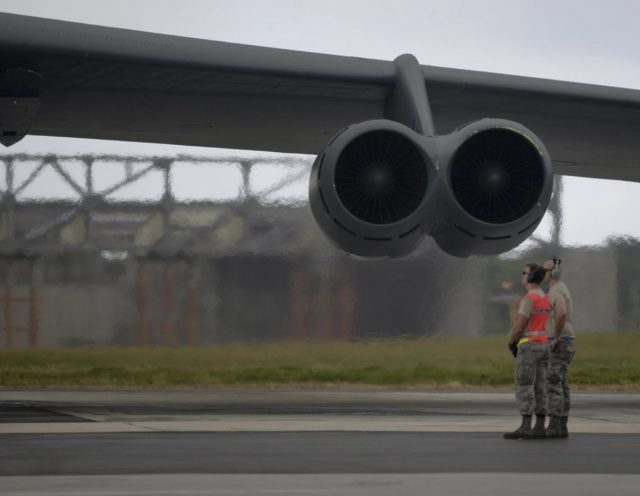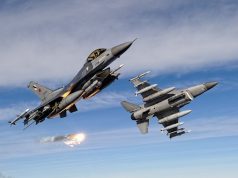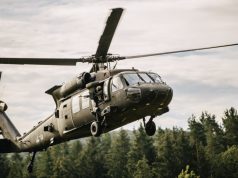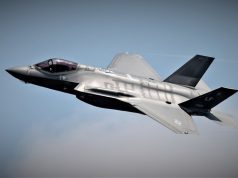
The US Air Force has awarded a $2.6 billion contract to Rolls-Royce for the B-52H Stratofortress re-engining program, which will allow the already ancient strategic bomber to fly into the 2050s.
Under the contract, Rolls-Royce will provide 608 military derivative commercial engines, plus spare engines, and associated support equipment.
The company’s F130 engine will replace the TF33-PW-103, which has powered the B-52 since the 1960s, and is projected to no longer be supportable beyond 2030.
The F130 and its commercial family of engines have accumulated more than 27 million engine flight hours. A variant of the Rolls-Royce engine selected to power the iconic B-52 is already in service with the USAF around the world, powering both the C-37 and E-11 BACN aircraft.
The B-52 original equipment manufacturer, Boeing, is responsible for integrating the engines onto the aircraft. The Air Force plans to finalize integration activities and deliver the first lot of B-52H modified aircraft by the end of 2028.
The Commercial Engine Replacement Program (CERP) aims to achieve a 20 to 30 percent improvement in fuel efficiency, in addition to a 40 percent increase in range. The program will also ease the burden of maintenance of the ageing TF33 engines.
“The B-52 CERP is a complex upgrade that not only updates the aircraft with new engines, but updates the flight deck area, struts and nacelles,” said Brig. Gen. John Newberry, Air Force bombers program executive officer.
“Our current virtual digital prototyping efforts are giving us an opportunity to integrate the engines and other changes to the B-52 before doing any physical modifications. This has allowed us to develop the most cost-efficient solution while reducing the time from concept to production.”

The B-52H is a long-range, heavy bomber that can perform strategic attack, close-air support, air interdiction, offensive counter-air and maritime operations. The bomber is capable of flying at high subsonic speeds at altitudes up to 50,000 feet. It can carry nuclear or precision guided conventional ordinance with worldwide precision navigation capability.
The new engines on the B-52s are expected to remain on the B-52H through at least 2050, increase fuel efficiency, increase range, reduce emissions in unburned hydrocarbons, and significantly reduce maintenance costs.
“The B-52 Commercial Engine Replacement Program is the most important and comprehensive upgrade to the B-52 in over half a century,” said Maj. Gen. Jason Armagost, director of Strategic Plans, Programs and Requirements at Headquarters Air Force Global Strike Command, Barksdale Air Force Base, Louisiana. “The B-52 is the workhorse of the nation’s bomber force and this modification will allow the B-52 to continue its critical conventional and standoff mission into 2050’s.”
The first two fully modified B-52s are projected to deliver by the end of 2025 and will undergo ground and flight testing. The first lot of operational B-52s with the new engines is projected to deliver by the end of 2028 with the entire fleet modified by 2035.


























